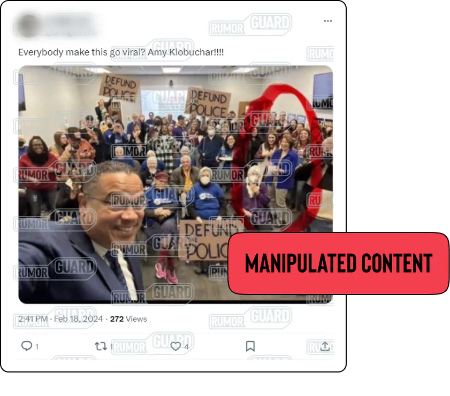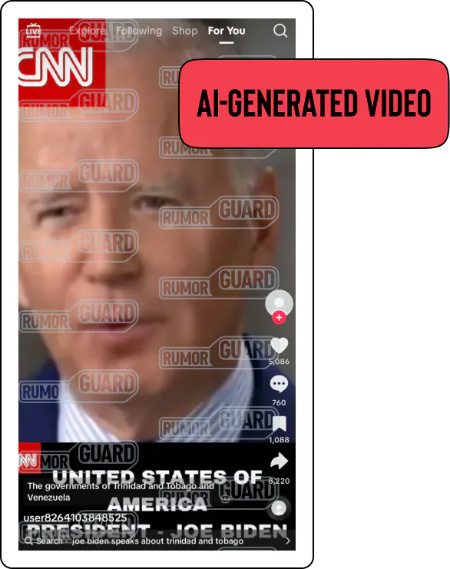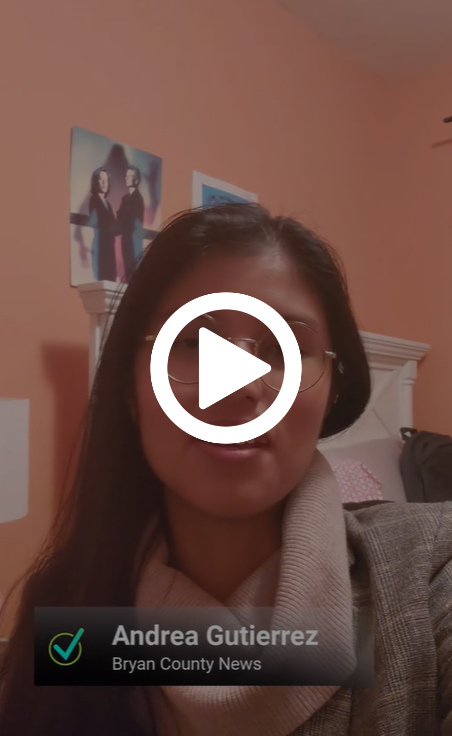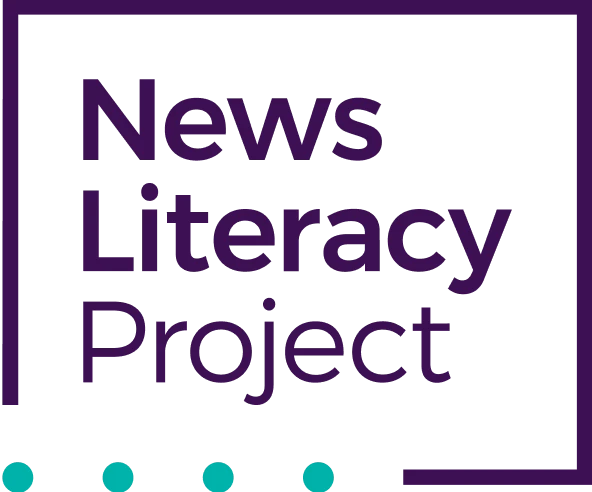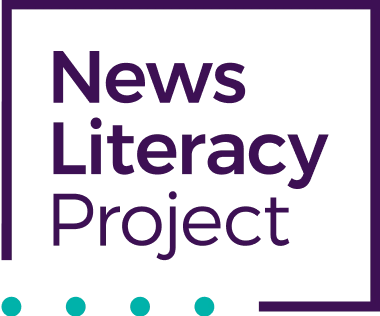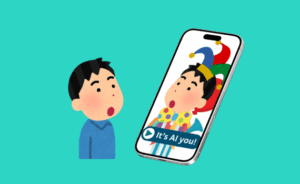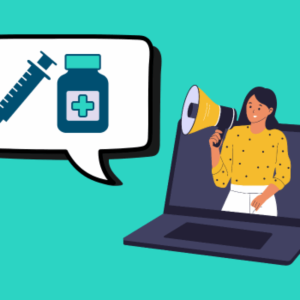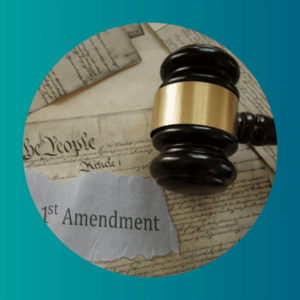|
Top picks
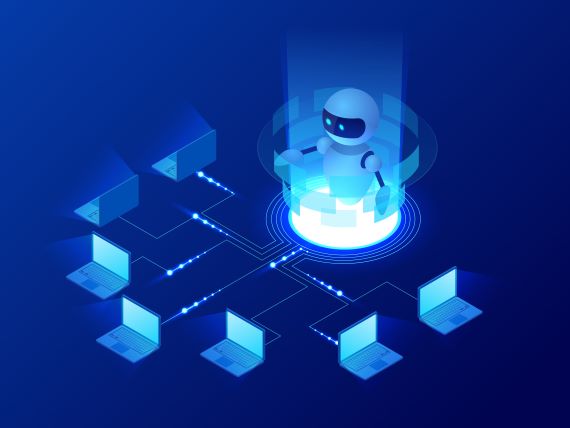
|
| A deepfake of President Barack Obama took a team of researchers to create in 2017, but AI technology has advanced so that videos can now be quickly generated by one person using text-to-video tools like Sora. Illustration credit: Golden Sikorka/Shutterstock.com. |
 |
A text prompt can now generate a realistic one-minute video through Sora, a new AI video generator by OpenAI, the company that launched the AI chatbot ChatGPT in 2022. Sora isn’t available to the public yet, but experts say the text-to-video tool marks a major advancement in AI technology. Some media experts are raising concerns that Sora could potentially be used to spread misinformation and worry that AI-generated content may crowd out and compete with legitimate news outlets.
- Idea: Have students watch one of the Sora AI video examples in this Poynter piece. What features indicate that the video is AI generated? Is it challenging to tell the difference between a real video and an AI-generated video? Why or why not?
- Resources:
- Related:
|
 |
Five neo-Nazis showed up outside a journalist’s North Carolina home in skull masks to intimidate and deter reporting about the group’s racist and antisemitic activities. Jordan Green, a reporter for the news website Raw Story, spent months investigating the neo-Nazi group and was on the cusp of publishing a story about them when they appeared outside his home. The incident represents a growing tactic among extremists to intimidate and harass journalists. One of the neo-Nazi signs said, “Freedom of press does not equal freedom from consequences,” and Green said he had previously been threatened by the group. Despite the intimidation efforts, Green published his investigation on the neo-Nazis.
- Discuss: Why did the neo-Nazi group come to Green’s home uninvited? What role does a free press play in the U.S.? Should journalists receive protection when covering extremist groups? What would you do if you were in Green’s situation?
- Resource: “Press Freedoms Around the World” (NLP’s Checkology® virtual classroom).
- Related:
|
 |
Wealthier and urban communities have access to more local news, a disparity that’s widened as local news outlets shutter across the country. More than half of U.S. counties have only one news outlet or less, and counties with an average household income of $54,000 or less are more likely to lack local news sources, according to the latest report by the State of Local News Project at Northwestern University. Researchers note that communities with lower incomes often have less to spend on news subscriptions, which results in a “self-reinforcing spiral of lower quality,” dwindling readers and, eventually, a news outlet’s closure. The report also points toward several possible solutions, including collaborations between local reporters and national news organizations, philanthropy and public policies to support local news.
- Idea: Have students explore their local news landscape on the State of Local News Project map. Students can locate their state through the drop-down menu beneath the map or hover over the map with their mouse to select their county. How many local news outlets are in their area? What kind of news media is available nearby, if any? What’s the difference between local news and national news? Does it matter if residents have access to local news? Why or why not?
- Resources:
- Related:
|
|

